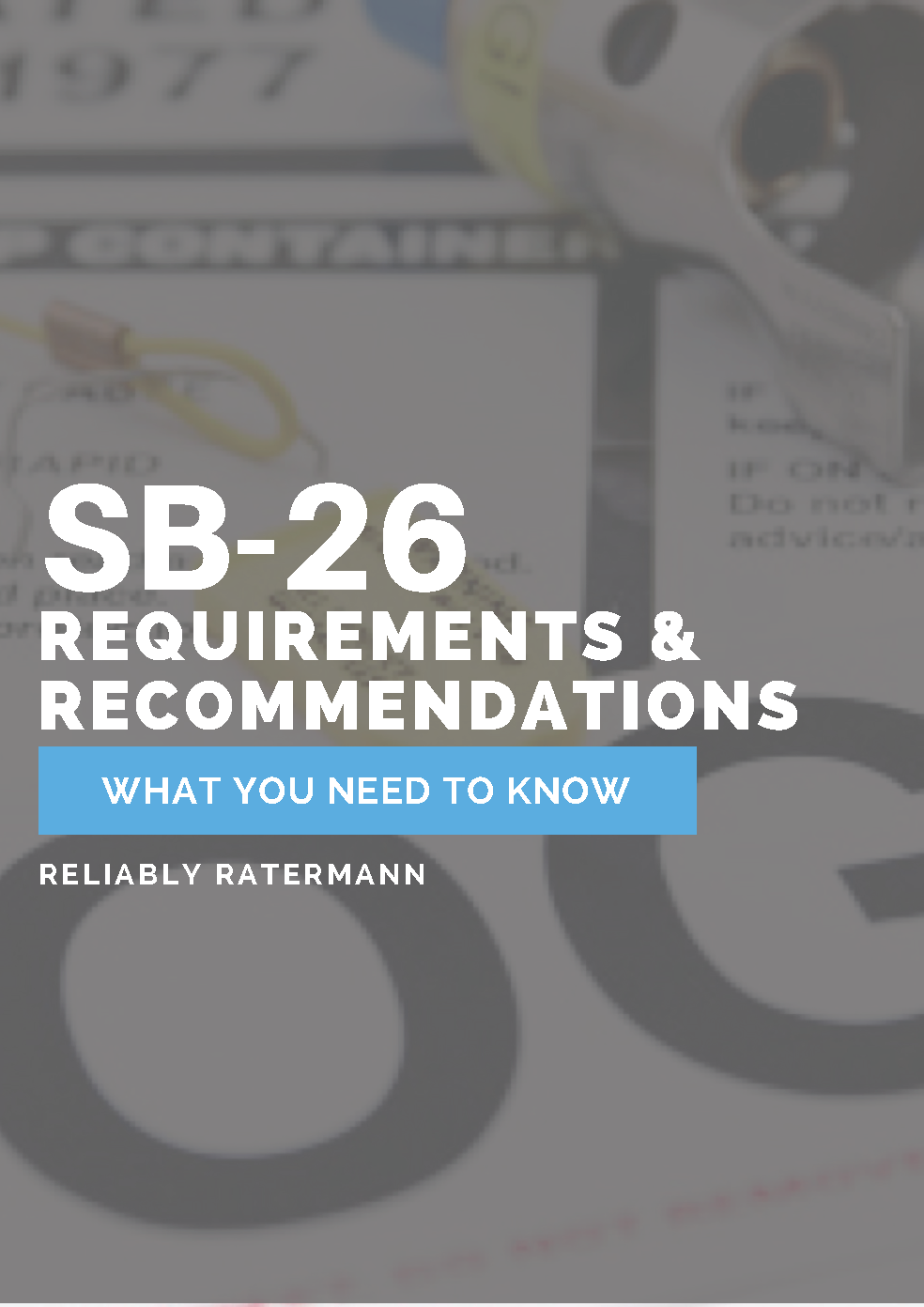Ratermann Learning Center
A hub providing relevant information and updates on industrial gas, cryogenics, and CGA regulations, as well as industry specific solutions for fill plants, beverage distribution and medical gas supplies.

By:
Greg Richardson
September 11th, 2024
A question we sometimes get into our customer service center is whether or not our Arctic Fox micro bulk tanks can be serviced by Chart’s Orca™ MicroBulk Delivery trucks, especially in tight, urban settings that traditional bulk supply tankers simply can’t maneuver. The answer is a resounding yes!

cryogenic equipment | Arctic Fox
By:
Greg Richardson
August 30th, 2024
Ratermann has built a strong reputation of being the reliable solutions provider for a wide range of cryogenic and compressed gas applications, and a lot of those solutions are driven directly by input from our customers.

Refresh your understanding of the critical preventive measures that have been shown to save lives by subscribing to our blog for a free download of our guide: Ratermann's guide to SB-26 & our reccomendations to prevent gas mix-ups.

Cryogenic Corner | cryogenic equipment | vaporizers
By:
Lance Looper
August 14th, 2024
Flow rate and pressure are constant concerns with cryogenics. When the demand for gas outpaces the output of the liquid cylinder, both pressure and flow rates will drop accordingly. This is when a vaporizer can save the day.

industrial gas | cryogenic equipment
By:
Craig Pagano
August 8th, 2024
Ratermann is excited to announce two new sizes of the Arctic Fox microbulk tanks: 7500L and 8100L! The new sizes round out our full Arctic Fox mini and microbulk offering from 1500L to 8100L, covering a wide range of needs and applications.

By:
Craig Pagano
August 1st, 2024
Anyone performing welding or hot work needs to take as many precautions as possible to avoid starting a fire. In a previous blog post, we shared five basic fire safety tips for welders. In this post, we’ll focus a little more closely on clothing and other soft materials.

cryogenic equipment | herose | safety
By:
Lance Looper
July 24th, 2024
Every component of a bulk tank is important for its operation, but from a safety standpoint, the single most important part is the diverter assembly. Why? It holds the main ASME pressure relief valves that are crucial for safe tank operation and preventing catastrophic failures. Every tank that Ratermann sells has a Herose diverter assembly included.